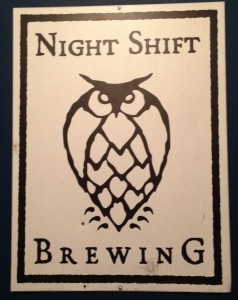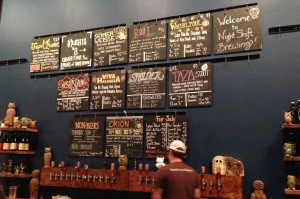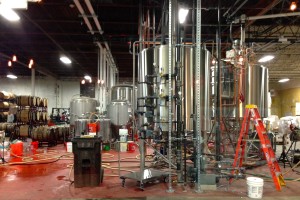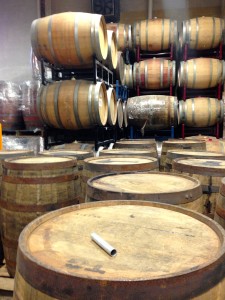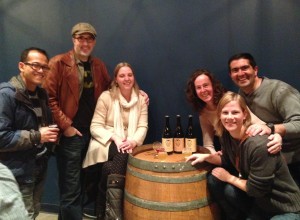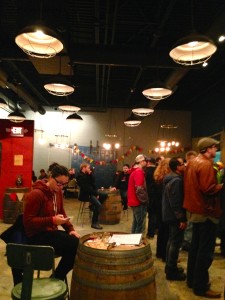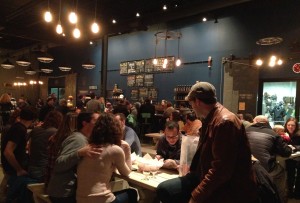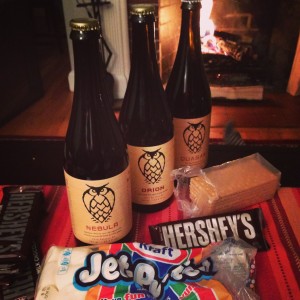Miguel Ángel Carcuro dreamed of opening a brewery, but his Chilean community had no water to spare. Driven by his memory of a teenage trip with his father to view the fog catchers above the bay of Chungungo, Carcuro set out to brew with water from the air.
Fog catching has been used in Chile’s Atacama Desert to supply water to surrounding communities for more than 50 years. The catchers have three main parts: a structure with a fine mesh net, a gutter, and a tank for storing the water. The nets capture droplets of water from the air, which eventually combine and drip down into the gutters, which guide the water to the tanks. Recent innovations involve novel fabric that may increase water capture from the traditional polypropylene or polyethylene materials, along with probes to identify the best locations for the fog catchers.
Carcuro’s fog catcher stands with others in the Cerro Grande ecological reserve, where he drives from his breweries in La Serena and Peña Blanca to harvest the water for his beer. Other community members use water from the catchers for livestock or crops. Carcuro states that water from the fog catchers is especially good for brewing because it has less sediment and less nitrate and nitrite than other Chilean sources.
Carcuro’s artisanal beer brewed from the air is called, appropriately, Atrapaniebla — Spanish for fog catcher. Atrapaniebla is a Scottish ale that pours a golden amber in color. I have not had the opportunity to try it (nor do I speak Spanish), but Carcuro’s website states (in Spanish) that its aroma and taste are characterized by a malty sweetness, with touches of caramel and salt.
While Chileans and others who dwell in arid climates use fog catchers out of necessity, others apply them to create novel gadgets for entertainment purposes. The stars of Esquire’s “Brew Dogs” recently used San Francisco’s fog to create a breathable beer, dubbing it the “beer that started as fog and will finish as fog.” They harvested the fog from nets in the Marin Headlands for use as brewing water, but then engaged Harvard Professor David Edwards’ Le Whaf to turn the brew (back) into flavor-filled clouds. Le Whaf’s devices use piezoelectric crystals that vibrate rapidly to create ultrasound waves, creating alternating high and low pressures through the liquid, and transforming the liquid into tiny droplets that appear as a cloud. Thereby, the devices provide a way to inhale your favorite beverage in a way that enhances flavor, eliminates calories, and nulls the effects of alcohol.
Curiosities aside, Atrapaniebla is a testament to the application of innovative technology to harvest resources in the context of the immediate environment. As fog catching technology improves, so too will Carcuro’s beer, and the communities that depend on both.

